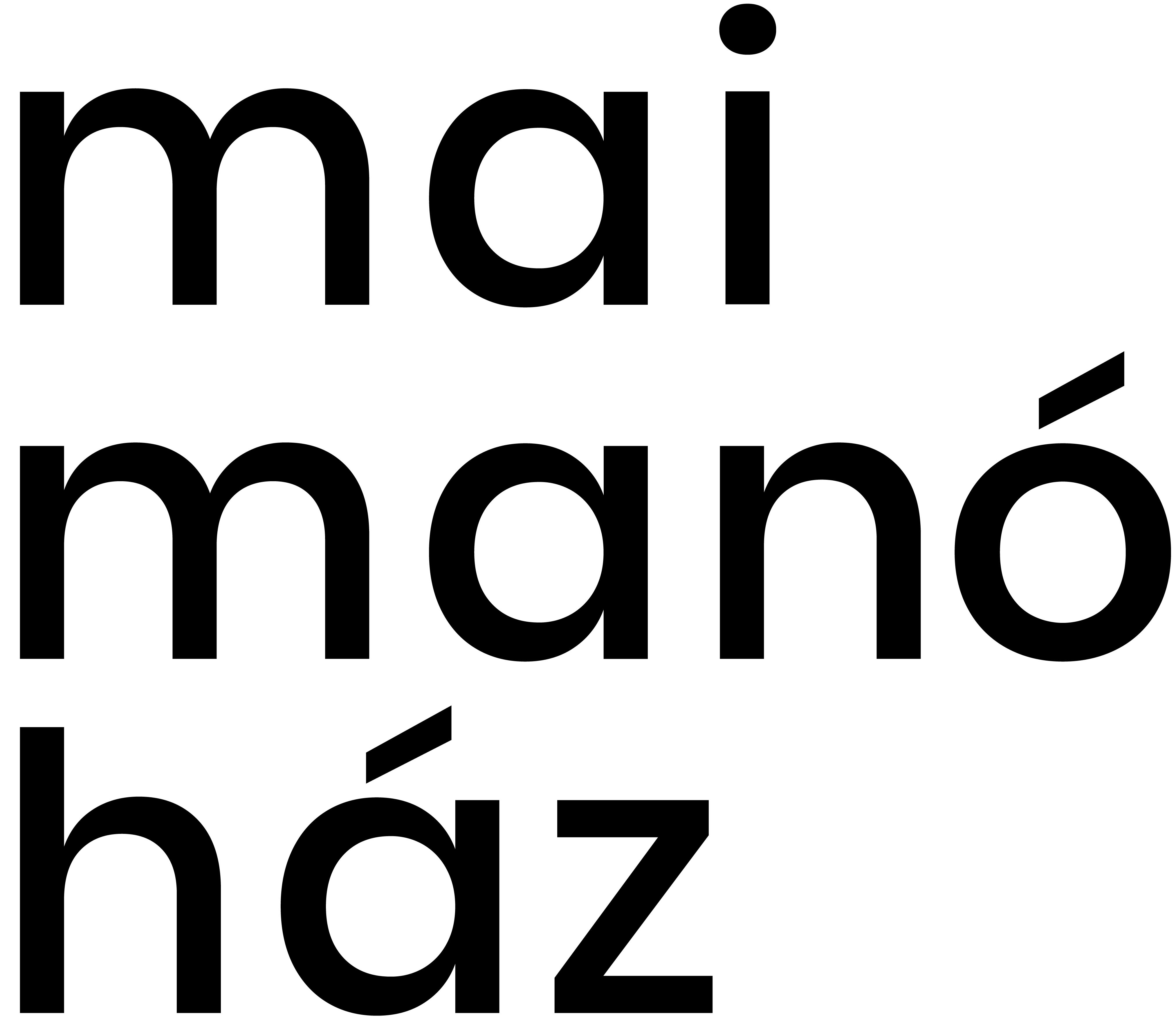The Freedom of the Past
A selection from Róbert Alföldi’s photographic collection
neo-Avant-garde photographic art in Hungary from the 1960s to the present day
Curator: Marianna KOLOZSVÁRY
Open to the public:
January 16 – April 10, 2016
on Weekdays: 14.00 - 19.00
at Weekends 11.00 - 19.00
The exquisite collection of Róbert Alföldi includes representative works by the most important artists of contemporary avantgarde, making it into a material of internationally significance.
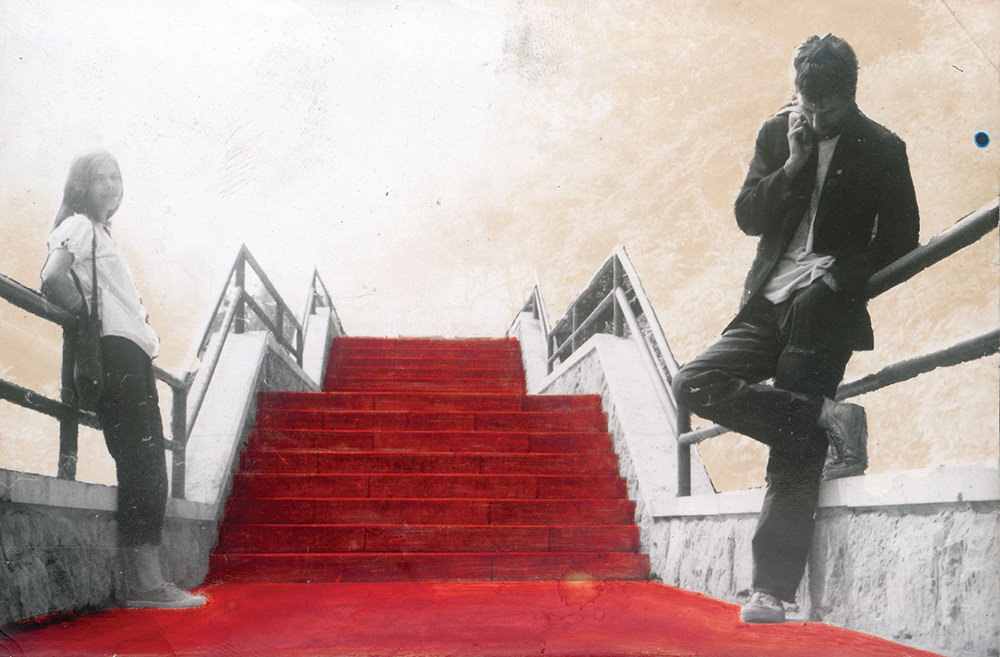
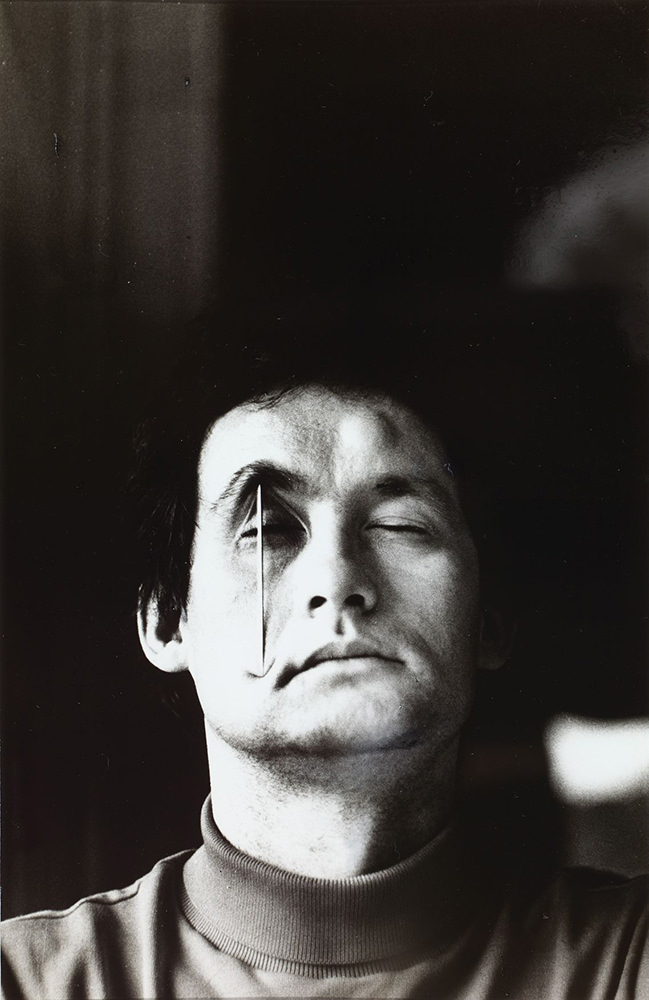
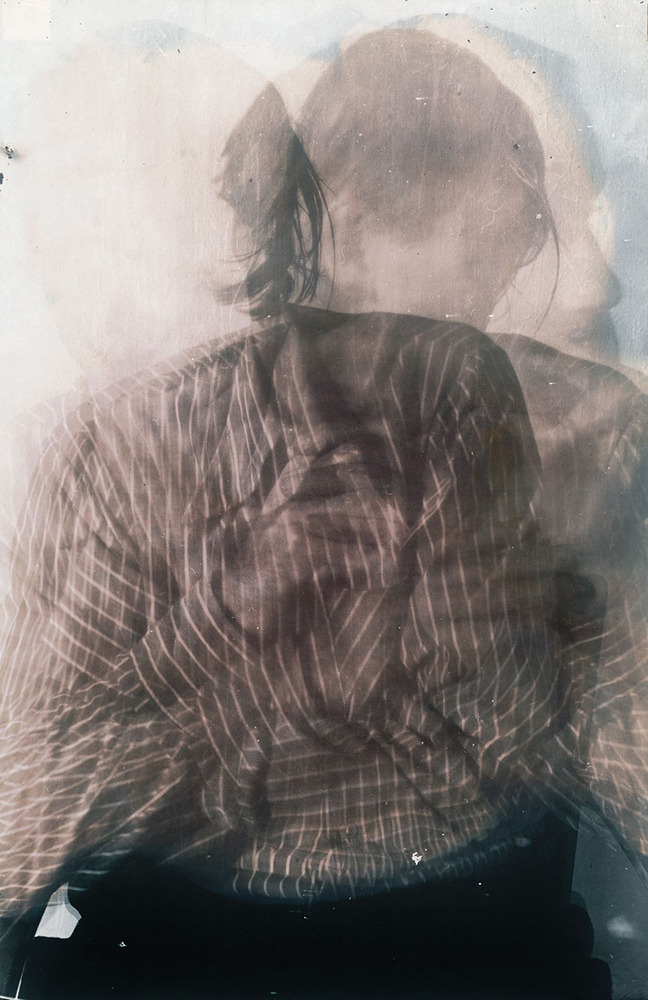
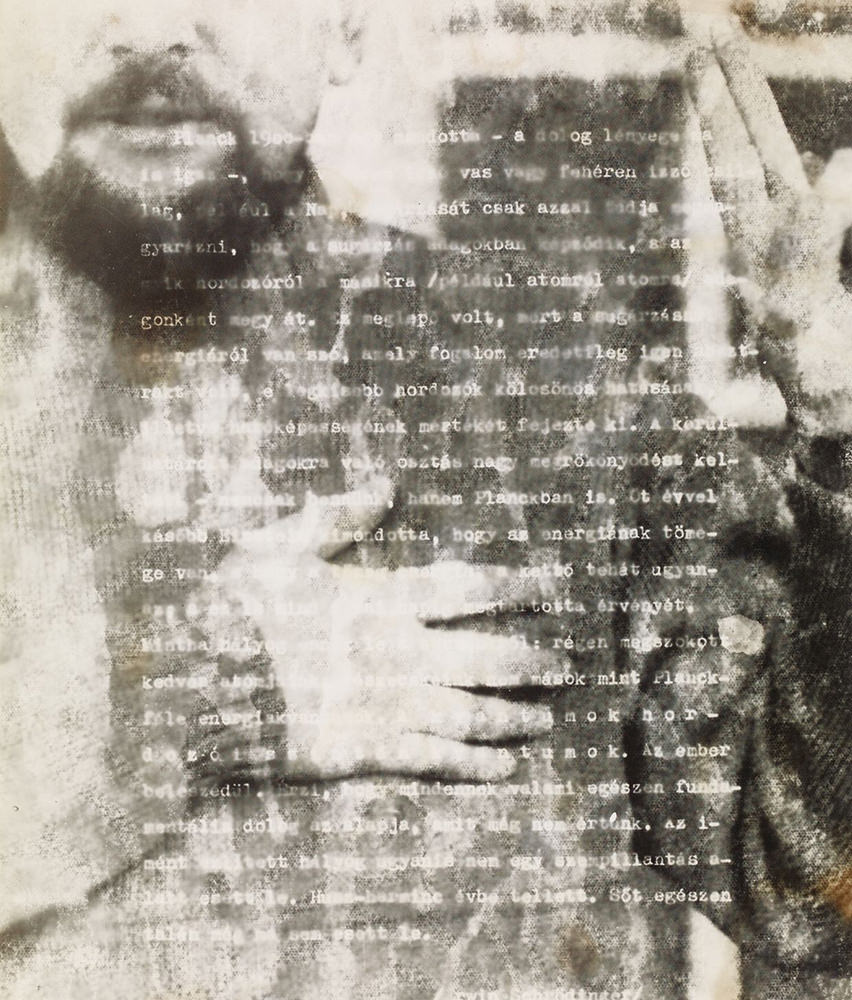
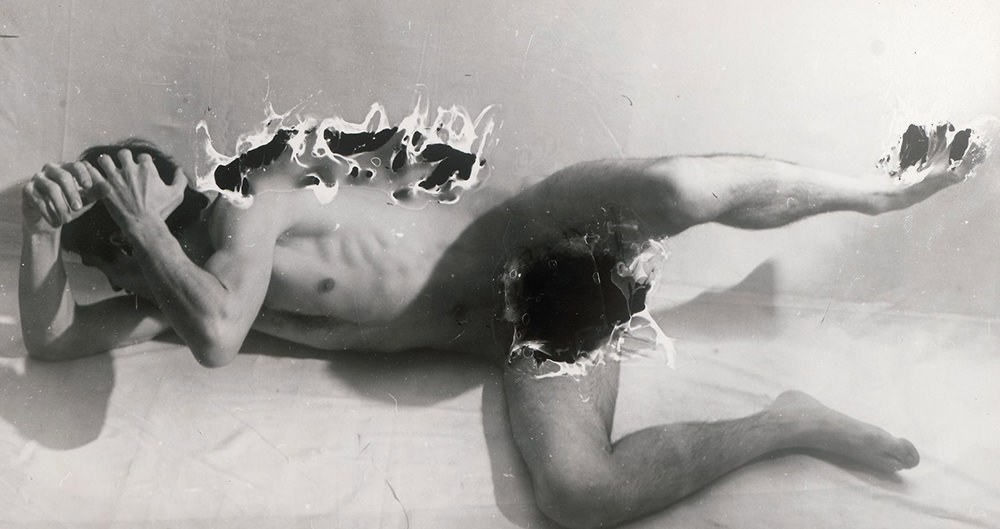
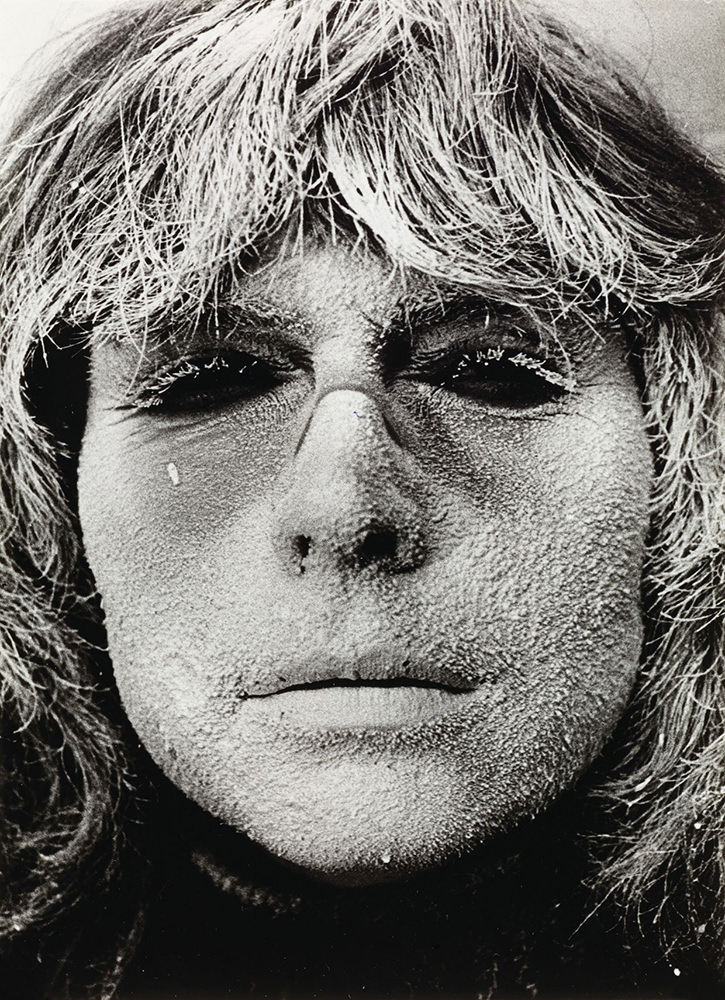
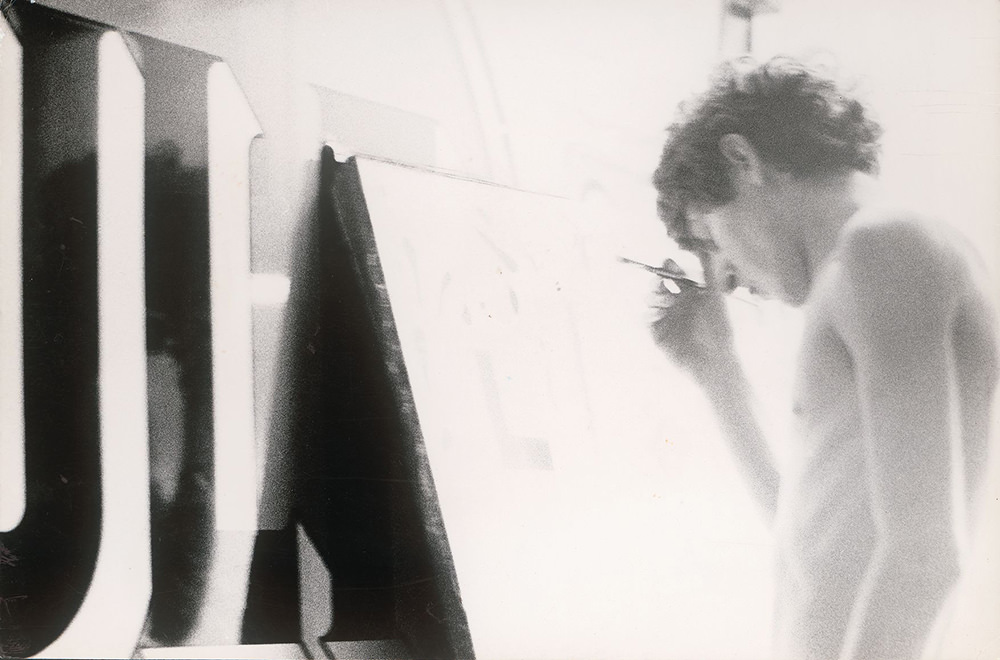
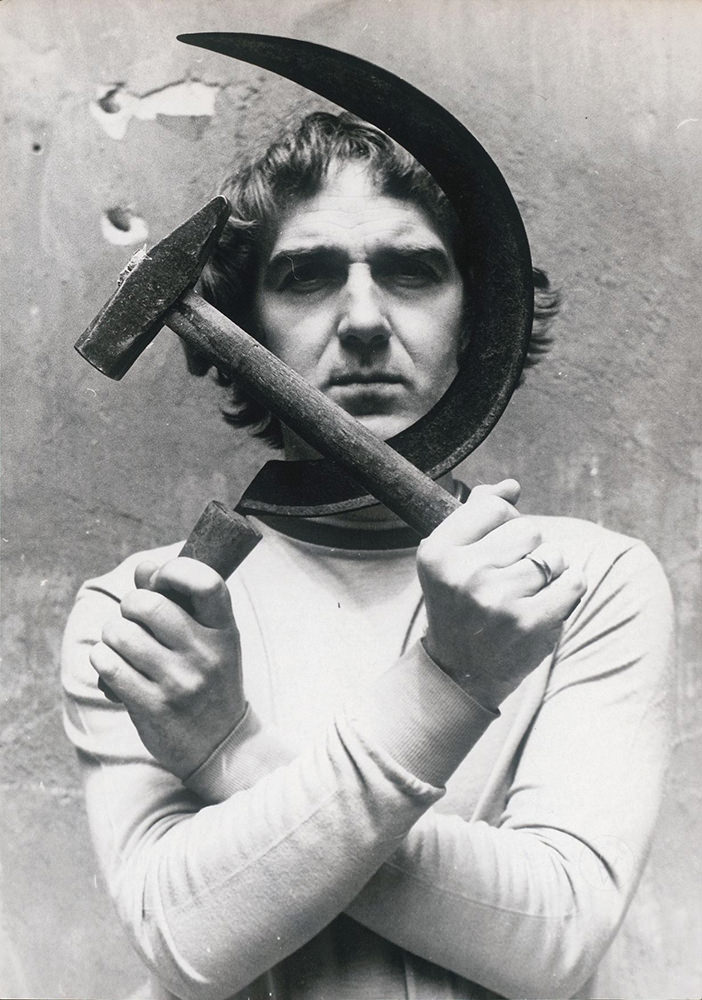
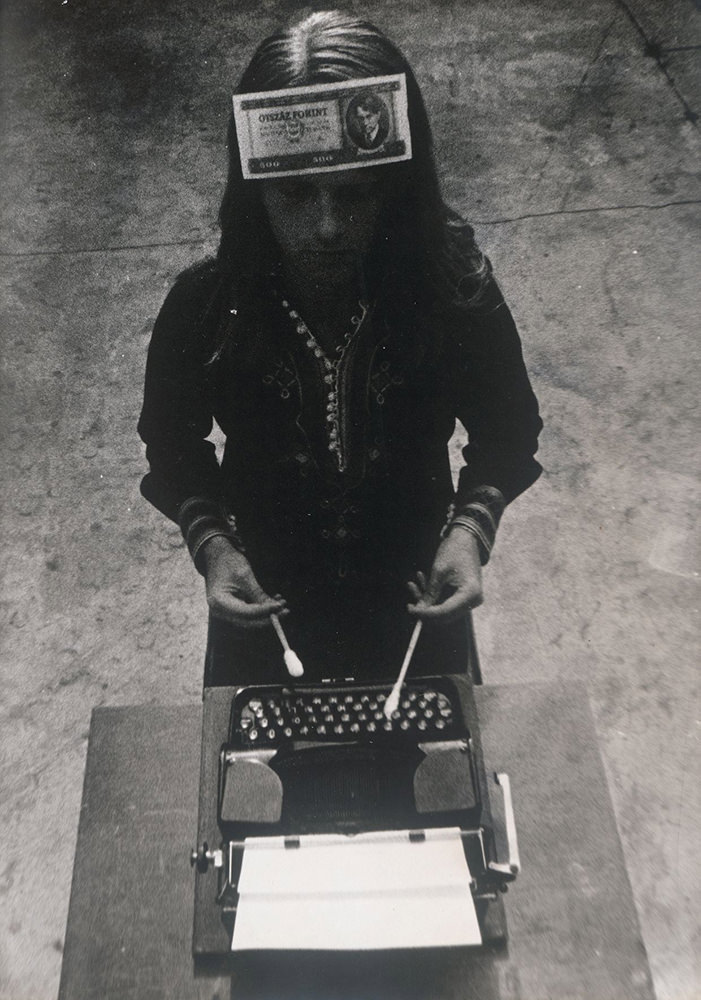
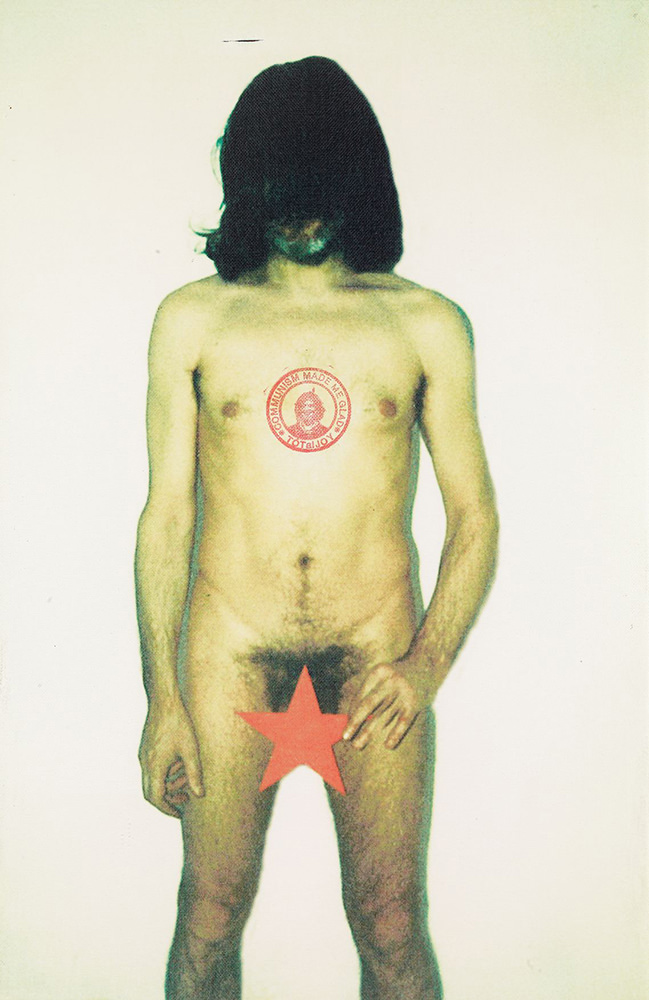
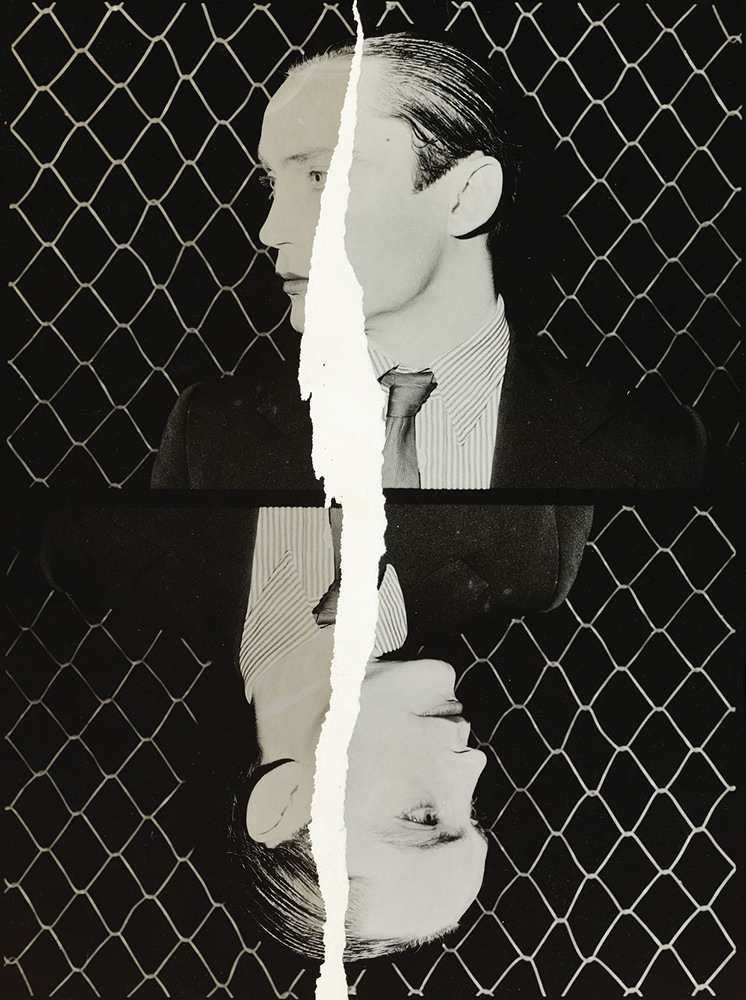
This collection, to say the very least, fills a previously unoccupied niche. In Hungary today, there is not one institution which would have a collection of Hungarian neo avantgarde photography and photographic work by fine artists in such a volume (over 500 works) and structured so systematically, yet with such sensitivity to quality. The collection also stands out for seeking out, finding, and, therefore, saving a lot of hidden shots and scattered images from ruin.
The photographs collected by Róbert Alföldi demonstrate how Hungarian photographic art was in harmony with the aspirations of the international trends of the era. Besides displaying prominent artists of Hungarian avantgarde, these international parallels are illustrated by photographs of world-renowned foreign artists like Arnulf Rainer, Thomas Ruff, Rudolf Schwarzkogler, Joel-Peter Witkin, Günter Brus, or Jürgen Klauke.
These are works of art which happened to be born through photographic means and procedures with artistic aim; they share an attitude of (photo)art criticism and the need for experimenting with new photo-linguistic tools. Not only did this demand become important in Hungary in those years: there is a real synchrony seen with the decisive tendencies at great “art centers” as well. We can take a look back at the past through the works of several generations, and we can see that, the world, both inside and outside of the Iron Curtain, took the rather difficult, bumpy and sometimes even frightening road of self-determination or self-knowledge.
Featuring nearly 180 works, the exhibition presents representative pieces of neo avantgarde photography organized around three key concepts: body, the search for identity, and hiding.
“There are no expectations, no world trends, no rules, no conformity here; there is freedom. Boundless creative freedom. …For me it is profoundly moving how palpable this attitude to the world is made by the works of this era, both on an artistic and personal level; something I would love to achieve but still not really managing. Here there is nothing else but the artist and what he or she creates, finds, not fearing to delve ever deeper in him- or herself, and not afraid to encounter what he or she would find there, i.e. dares look him or herself in the face. … Photographs served as a mirror to ourselves then, and serve as a mirror to ourselves now. Showing us the freedom with which to examine the world and ourselves in it, showing that it’s possible to look ourselves in the eye with such freedom and be ourselves.
This is why this collection is so close to me. It shows the way.
It shows the way it shows.”
(Róbert Alföldi)
An illustrative catalog of the material is to be released in Hungarian and English in conjunction with the exhibition.
